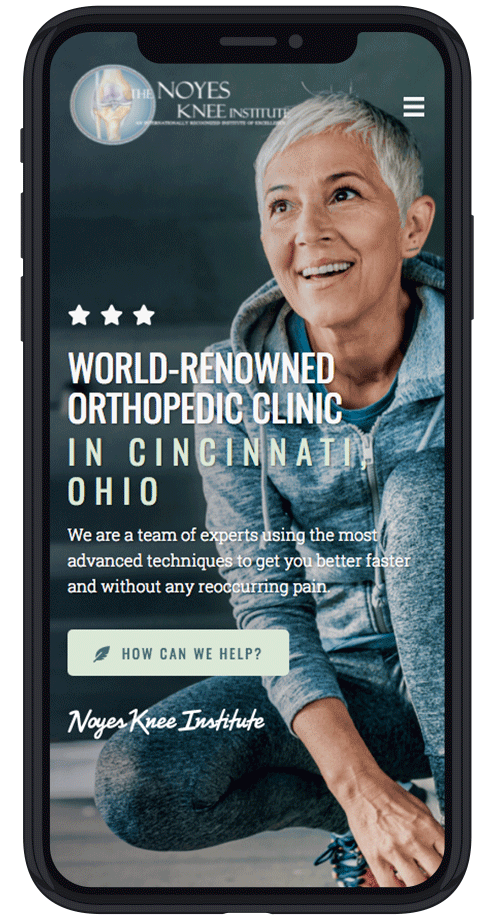Published On
Category
Osteoarthritis is a condition where the cartilage on your joints wears away, leaving the bones rubbing against each other. Often caused by repetitive motions, this condition can be painful and even debilitating in some cases. Although it’s impossible to rebuild cartilage, you can address the condition’s symptoms with a number of treatment options.
1. Exercise
As a result of the friction caused when the cushioning cartilage wears away, bone spurs can develop in your knees, and bone spurs lead to swelling and even more pain. Additionally, you may notice a loss of flexibility.
Exercise can help increase your range of movement and strengthen the ligaments around the knee. However, you shouldn’t do just any exercise. Low-impact activities such as riding a bicycle or tai chi can work, but ideally, you should consult with a physical therapist, an osteoarthritis specialist, or an orthopedic surgeon to ensure you choose exercises that minimize rather than exacerbate your pain.
2. Topical Creams
Topical creams are easy to apply, and they can help to reduce pain flare-ups. For example, methyl salicylate and menthol, often sold under the brand names Bengay or IcyHot, provide pain relief with the soothing side effects of mint. Capsaicin, derived from cayenne peppers, can provide pain relief as well.
Alternatively, IcyHot and some generic brands make a product designed for sufferers of arthritis in particular. These products contain camphor, which also helps to alleviate pain.
If over-the-counter options don’t work, you may want to talk with your doctor about prescription lidocaine patches. In most cases, topical creams don’t have many side effects, but they aren’t strong enough to eliminate pain in all cases.
3. Acupuncture and Other Alternatives
If you prefer alternative pain relief methods, you may want to check out acupuncture or balneotherapy. In 16 controlled trials, acupuncture was proven to be more effective than a blind placebo. This ancient practice involves inserting needles into key areas to provide pain relief. Most people find the treatment painless, and it’s virtually risk free as long as it’s done by a professional with sterile needles.
Balneotherapy services may be harder to find than acupuncture in most cases, but it can be an effective therapy as well. Essentially, it consists of soaking in warm mineral springs.
4. Oral Pain Relievers
Oral pain relievers are a popular treatment option for knee pain related to osteoarthritis. They provide reliable, temporary pain relief. However, these medications pose several disadvantages. Namely, whether you are taking acetaminophen, ibuprofen, or opioids, you risk building up your tolerance levels and needing more to create the same effect.
Additionally, while it can work to alternate between acetaminophen and ibuprofen during pain flare-ups, both of these medications are linked to gastrointestinal bleeding and kidney effects, especially when taken repeatedly over a long period of time. Opioids may also cause digestive issues from nausea to constipation and can pose an addiction risk for some patients.
If you plan to use oral pain relievers regularly, always consult with your doctor to ensure you use them safely.
5. Knee Replacement
If you cannot address your pain through non-invasive treatments or if your knee is hampering your mobility, you may want to consider a total knee replacement. This process replaces the ends of your bones with a combination of metal and plastics. A knee replacement both strengthens the joint and reduces pain-causing friction.
The complication rate for knee replacement surgery is extremely low, and according to the American Association of Hip and Knee Surgeons, total knee replacements reduce pain by 90 to 95 percent. Knee replacement options can vary, but a new type of knee replacements withstands pressure of nearly 900 pounds, and these replacements can last for at least 30 years.
If you would like to learn more about knee replacements or other treatment options, contact the Noyes Knee Institute today.


